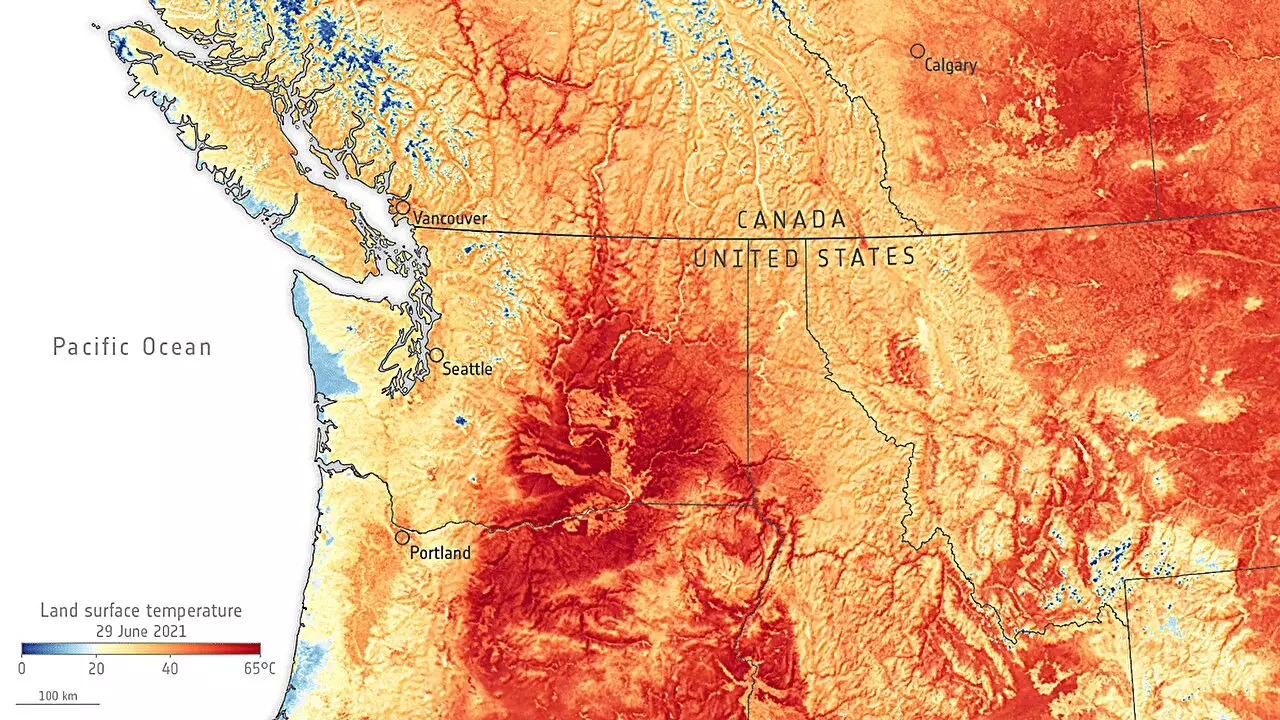Weather forecasting has always been a complex and often imprecise science. Traditional meteorological methods can only extend projections reliably for about ten days due to the chaotic nature of the atmosphere. Small variations in initial conditions, such as temperature and humidity, can cascade into major discrepancies over time, making long-range forecasting particularly challenging. This limitation became painfully apparent during extreme weather events, such as the unprecedented heat wave in the Pacific Northwest in June 2021. The consequences were catastrophic, leading to infrastructure failure, devastating agricultural losses, and a tragic loss of life. Clearly, there is an urgent need for improved methodologies that can extend the reliability of weather forecasts.
To address inaccuracies in weather forecasts, meteorologists frequently employ adjoint models. These sophisticated tools measure how sensitive a forecast is to small deviations in initial conditions. For instance, by analyzing how variations in atmospheric water vapor affect future temperature readings, scientists can calibrate their models for higher accuracy. The primary goal is to adjust the variables until the forecast aligns most closely with observed weather patterns. However, the drawback of this approach lies in its reliance on substantial computational resources and financial investment, which can be prohibitive for many institutions. Furthermore, adjoint models typically provide reliable measures only up to five days into the future, limiting their usefulness for longer forecasts.
Recent advancements in deep learning present an exciting opportunity to transform weather forecasting. Researchers are exploring whether these innovative algorithms can streamline the process of determining optimal initial conditions, thereby enhancing the accuracy of ten-day forecasts. A study documented in the journal Geophysical Research Letters highlights a comparative analysis between two deep learning models: Google DeepMind’s GraphCast and Huawei Cloud’s Pangu-Weather. By utilizing these models to predict the extreme weather scenario experienced in June 2021, researchers sought to gain valuable insights while ensuring they did not inadvertently bias their results.
The findings from this research were striking. The application of deep learning for identifying the best initial conditions led to a remarkable reduction—approximately 94%—in forecast errors for the GraphCast model, with similar enhancements observed in the Pangu-Weather model. Moreover, this deep learning approach extended the horizon of reliable forecasting, offering improvements for predictions up to 23 days in advance. These advancements not only underscore the potential of artificial intelligence in operational meteorology but also hint at the possibility of developing more resilient and prepared communities in the face of unpredictable and severe weather events.
The integration of deep learning into weather forecasting represents a critical leap forward. By allowing for longer lead times and improved accuracy, this approach not only enhances scientific understanding of atmospheric dynamics but also equips communities with the knowledge they need to prepare for natural disasters. As this technology continues to evolve, it holds the promise of shaping a future where meteorology is more reliable, less reactive, and ultimately, more beneficial for society at large.


Leave a Reply